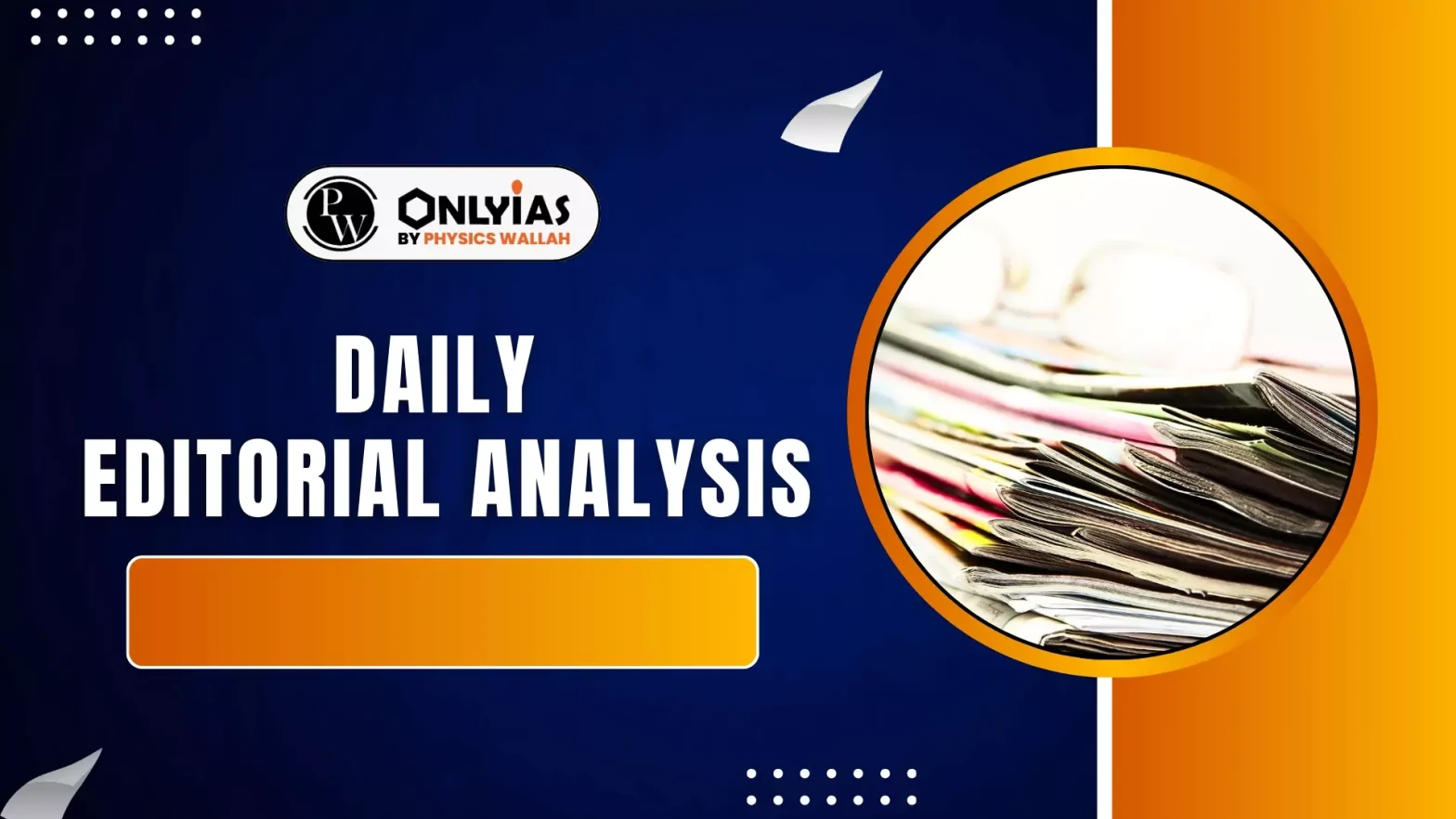In April 2025, Delhi faced record-breaking heat, highlighting a new climate reality. As Indian cities grow hotter, it is the urban informal workers who suffer the most—excluded from protections, yet essential to daily urban life.
Urban Heatwaves and the Forgotten Workforce
- Vulnerable Workers at the Frontline: While heat affects everyone, it is millions of informal urban workers—street vendors, waste pickers, construction workers—who bear the heaviest burden.
- Economic Consequences of Extreme Heat: The Reserve Bank of India pointed out, in 2024, that extreme heat threatens the health and livelihoods of occupationally exposed people, potentially causing a projected 4.5% loss to India’s GDP.
- Exclusion from Planning & Response: Yet, despite their vital roles, these workers are rarely included in planning or response mechanisms, often with fatal consequences.
Flaws in Current Heat Action Plans (HAPs)
- Though many Indian cities have adopted Heat Action Plans, inspired by early models, most remain:
- Underfunded, short-term, and poorly coordinated
- Focused narrowly on public awareness and health alerts
- Neglectful of livelihood impacts and occupational safety
- Invisibility of Informal Workers in Heat Action Plans: Informal workers are largely invisible in these plans.
- Lack of Adequate Provisions in National and Local Guidelines: National guidelines only vaguely refer to “outdoor workers,” while state and city-level protocols lack provisions for hydration, shaded rest, cooling spaces, or compensation for lost income.
- Fragmented Governance and Short-Term Focus of HAPs: Fragmented governance across departments further impedes action, and HAPs remain seasonal documents, lacking long-term infrastructure or resilience planning.
Global and Local Best Practices
- Several global models demonstrate what’s possible:
- U.S. states mandate shade, rest, and hydration for outdoor workers.
- France adjusts working hours and opens public cooling spaces during heat alerts.
- Qatar and Australia restrict work during peak heat.
- In India, there are promising examples too:
-
- Adjusted working hours and shaded rest in some cities
- Prohibition of outdoor work during peak heat in certain states
Need for a Worker-Centric Urban Heat Response
A reimagined response must be worker-focused, just, and grounded in reality:
- Update National Guidelines:
- Explicitly identify and address informal occupational categories
- Define safe working hours, rest breaks, hydration norms, and emergency protocols
- Ensure Worker Participation:
- Involve worker unions, collectives, and welfare boards in HAP design
- Establish civil society coordination groups to reflect lived experiences
- Right to Shade, Rest and Cooling:
- Create shaded rest zones, hydration points, and cooling centres at transit hubs, markets, and work sites
- Make these spaces accessible, gender-sensitive, and community-maintained
- Innovative and Inclusive Financing:
- Use CSR funds, municipal budgets, and community contributions
- Expand health insurance to cover heat-related illnesses for informal workers
- Scale up infrastructure like cool roofs, shaded walkways, and passive ventilation
- Embed Resilience into Urban Planning:
- Write heat adaptation into master plans, building codes, and infrastructure policies
- Promote urban forests, blue networks, and cool public spaces
- Retrofit informal work zones with heat-resilient designs
- Institutional Coordination:
- Form an inter-ministerial task force on climate and work, integrating urban, labour, health, and environment ministries
- Appoint dedicated heat officers at the city level to oversee implementation and coordination
Conclusion
For informal workers, climate change is not a future threat—it is a present crisis. India must move from reactive plans to proactive, inclusive, and systemic heat governance—now. Building heat-resilient cities aligns with SDGs and upholds constitutional values like equality (Article 14) and the right to life with dignity (Article 21), ensuring justice, health, and livelihood security for vulnerable informal workers.
![]() 10 May 2025
10 May 2025

